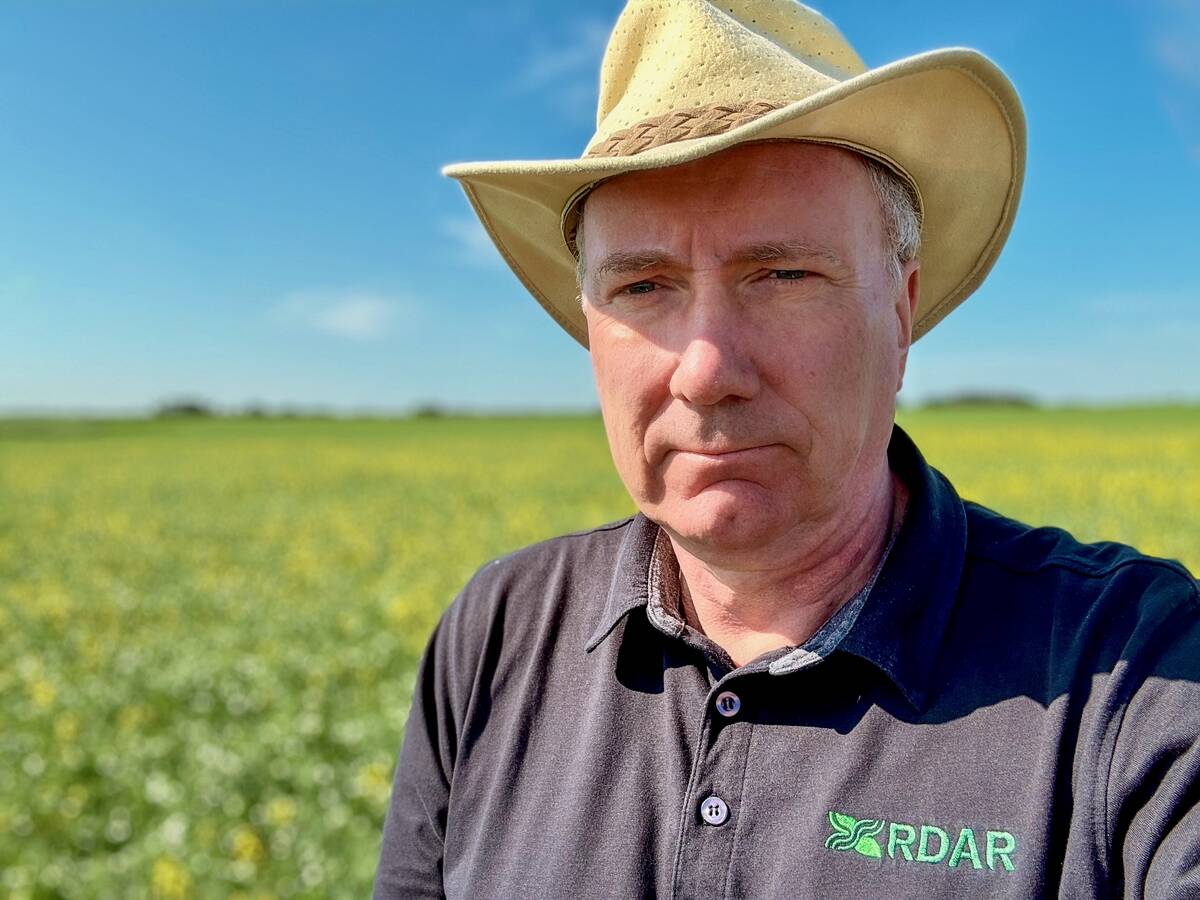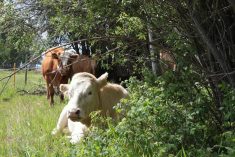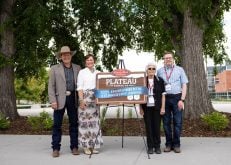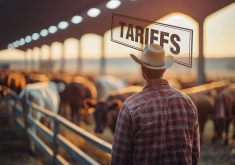A new Beef Cattle Research Council article making the case that beef production uses water efficiently is the latest example of a renewed effort to reach out to consumers.
The industry has recognized there is “a gap on the consumer communication side and somebody needed to do something,” said Reynold Bergen, the council’s science director.
“Part of the justification for increasing the checkoff was that not only do we need to start doing more of the things we’ve already done, we need to do more on the public communication and consumer communication side,” he said. “We not only need to educate consumers about the beef industry and the environmental footprint, but it never hurts to bring producers up to speed as to what’s on the mind of consumers and the public.”
Read Also

RDAR continues to become more relevant and useful to producers five years after its inception
RDAR has already amassed a strong resume five years after its inception.
The ‘water footprint’ blog argues that water-use stats (1,910 gallons to produce a pound of beef) don’t come close to telling the whole story and makes its case using a conversational, easy-to-understand approach.
While the research council’s website may not attract large numbers of consumers, industry advocates say it’s critical to make such information available to the beef sector so individuals, organizations, and companies can share it more widely.
Companies in particular are asking for well-researched information they can share with their customers, said Anne Wasko, chair of the Canadian Roundtable for Sustainable Beef.
“We (the ranchers) are not the ones talking directly to the consumers — Loblaws, Costco and McDonald’s are saying, ‘Give us what we need to do that. Give us the questions. Help us out,’” said Wasko, a well-known market expert who also ranches in Saskatchewan.

“By having everyone at the table, those who are closer to the consumer can use some of this messaging and good research that is available whether it is from the research council or the work that the (roundtable) has done for the indicators for sustainability.
“They can get the message out.”
As well, groups such as the Nature Conservancy of Canada and Ducks Unlimited now regularly meet with organizations such as the Canadian Cattlemen’s Association, something that was unheard of even 10 years ago, she added.
Alberta Beef chair Charlie Christie has got into the habit of carrying pamphlets from the beef research council that offer information about science in small, easy-to-digest bites.
“We hand those out wherever we can,” said the Trochu-based cow-calf and feedlot operator. “We leave those on counters in stores, wherever they let us.”
All Alberta Beef promotions talk about the sustainability beef initiative, and use data on efficiency, genetics, and better practices, he added. Talking to consumers and teaching them about beef production is the most important issue facing the sector, he said.
The Canadian Cattlemen’s Association launched a new initiative a year ago to reach out to the public.
There is a lot of solid information to show consumers, but getting it to them is a challenge, said Jill Harvie, the association’s manager of public and stakeholder engagement.
“We have to go beyond groups of friends who are agricultural and get out of the echo chamber,” she said.
A lot of good work is being done on social media and her association and others are identifying potential spokespersons — including Alberta ranchers — and providing them with media training, she said. It is also working to identify journalists who may be friendly to beef industry stories.
“We want to have more positive stories in the media about the good research that the Beef Cattle Research Council provides,” said Harvie.
There is also work being done on how to better use that information.
“There are ways to convey that information, and which social media you want to have that information on,” she said. “People go to YouTube to find information on how to do something. On Facebook, people aren’t looking for information, it comes to them. There are different ways of packaging it.”
Beef Advocacy Canada has also launched three social media models that producers can use when developing their advocacy approach and when talking to consumers, said Harvie.
















